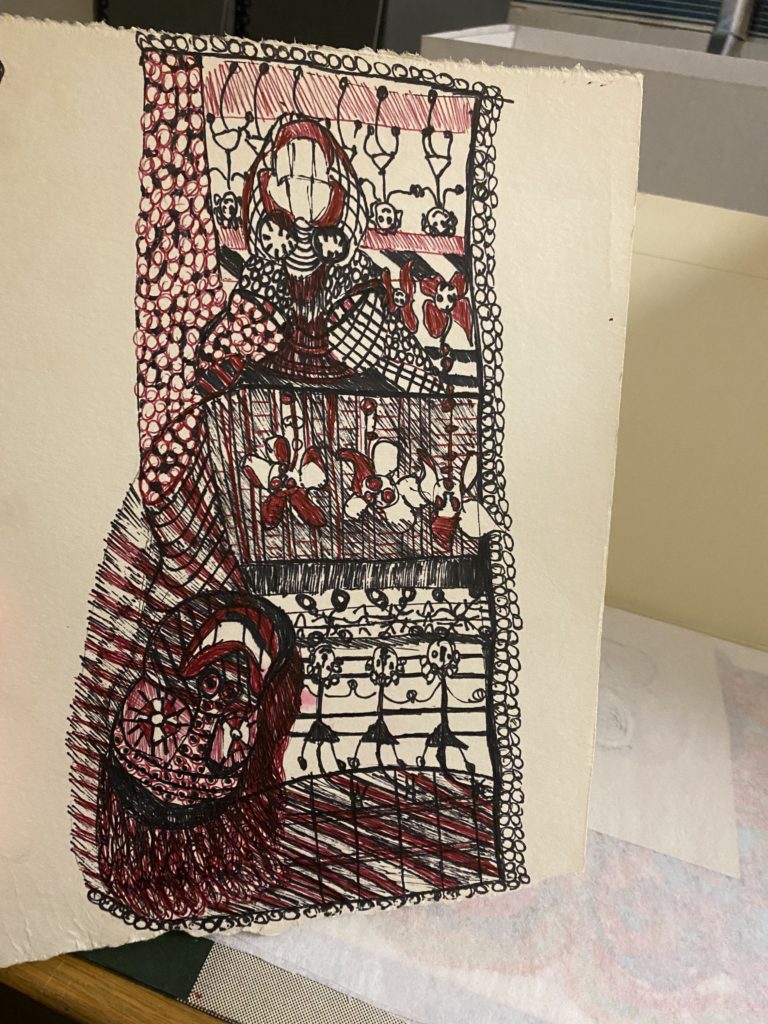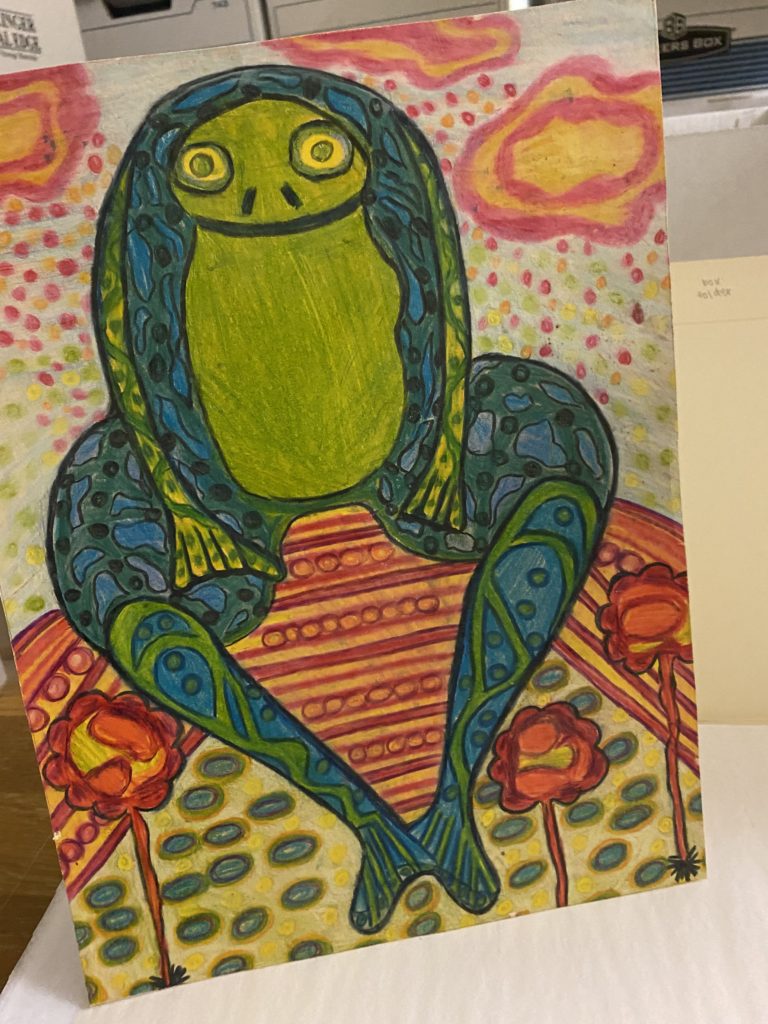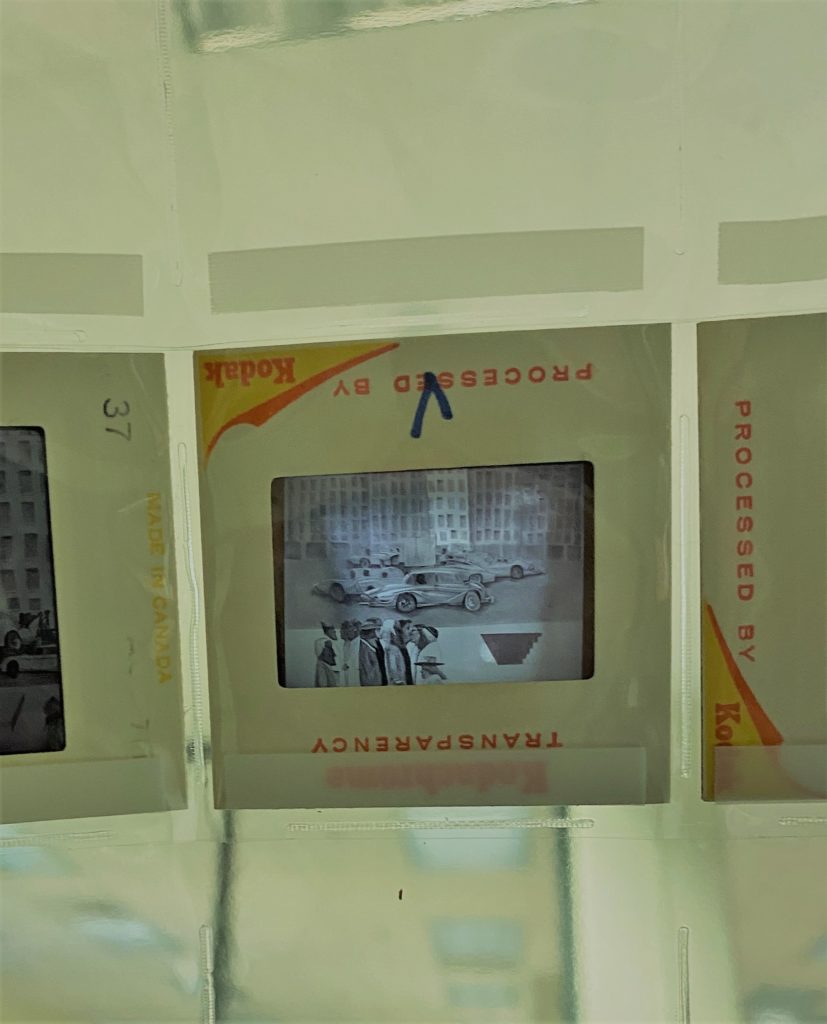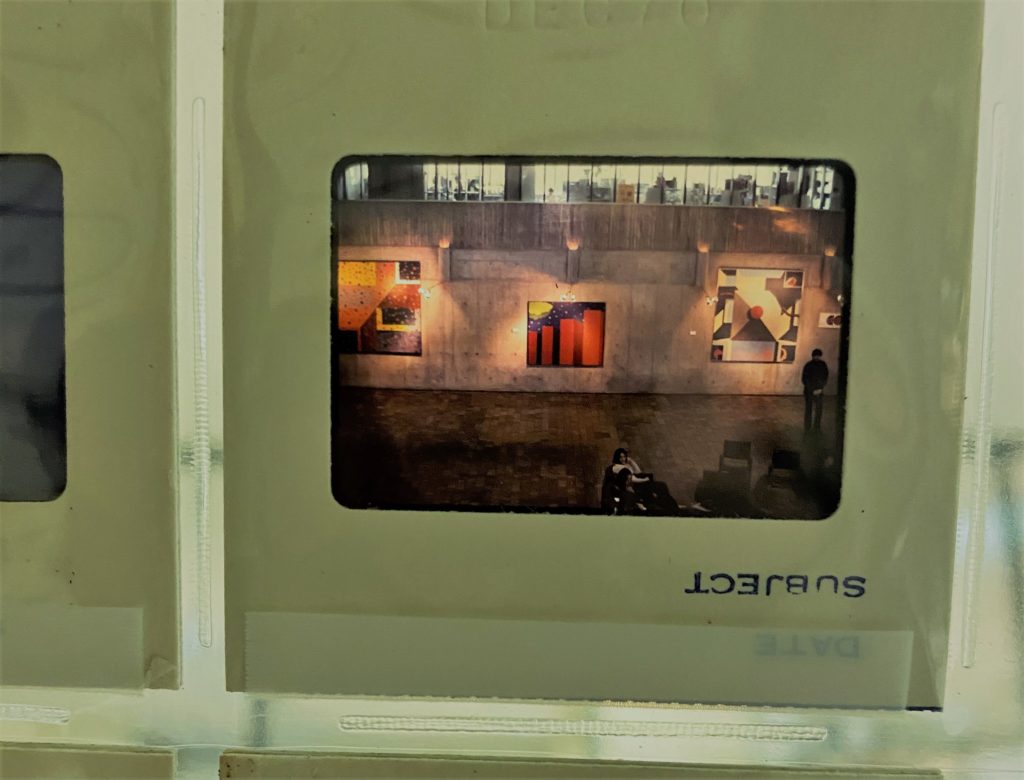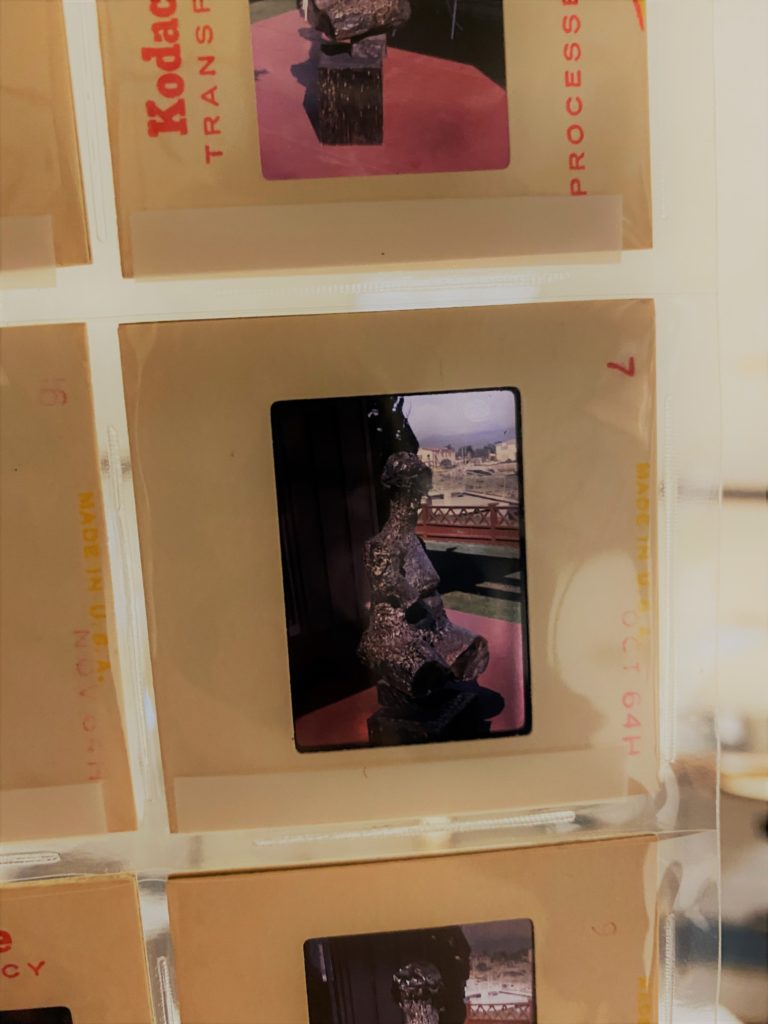This week entailed the end of processing Annette’s total items. Spiral bound sketchbooks were carefully separated and each page was preserved with interwoven tissue paper to uphold the use of color integrity. One sketchbook, that was not spiral bound but was actually bound more like a traditional book, instead had each page separated by a piece of tissue paper in between to protect the illustrative integrity. When looking through the sketchbooks it became even more apparent to me why Annette had chosen to be an artist as a career, there were various styles represented and each of them was attended to with great care. The sketches ranged from cartoonish with a slight edge to life-like abstractions of the human form that really made the viewer (me) think. Her range echoed her simultaneous fastidious attention to detail and her confidence in not being bothered to be confined to a particular style.
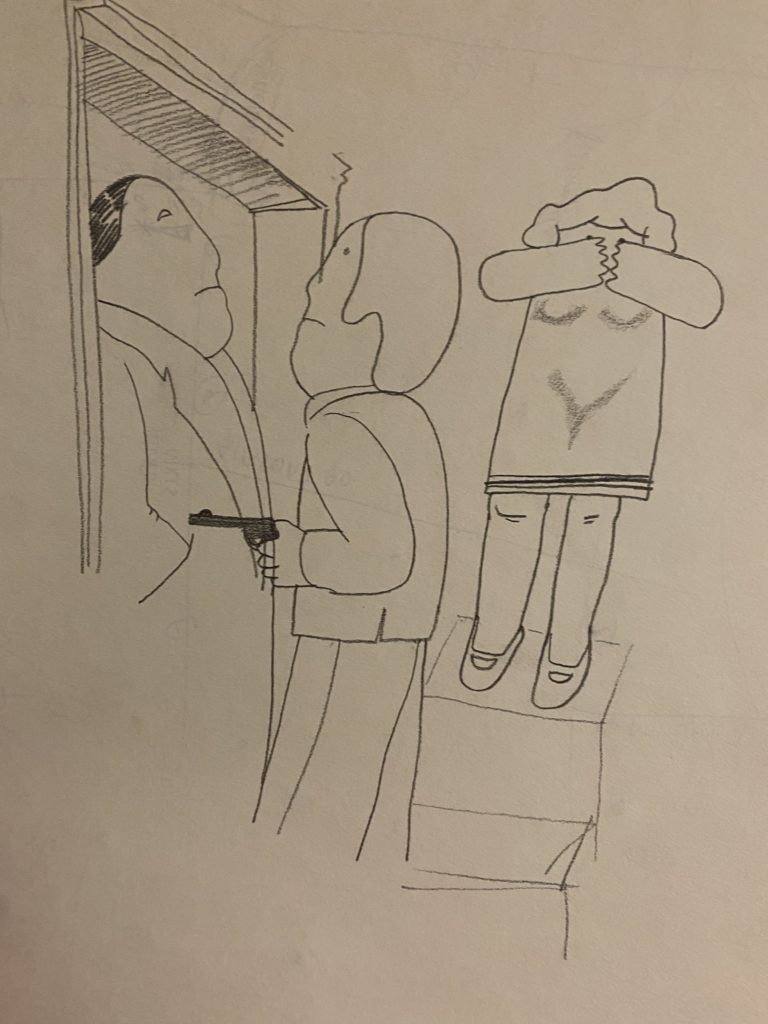

Next week I will put the finishing touches on Annette’s collection by double checking what I’ve inventoried and numbering boxes and folders accordingly. Subsequently, it will be time to work on the front matter! In the front matter I will be assessing things like the abstract of the collection, inclusive dates, some biographical information on Annette to include for researchers and the scope of the collection. I look forward to summarizing what I have found in Annette’s collection, though words will not do it justice, it’s truly a collection one has to see for themselves. I encourage anyone with an interest in textiles as a medium for abstract art to take a look at this collection in some capacity, the knowledge extended posthumously by Annette is very much worth gaining.
